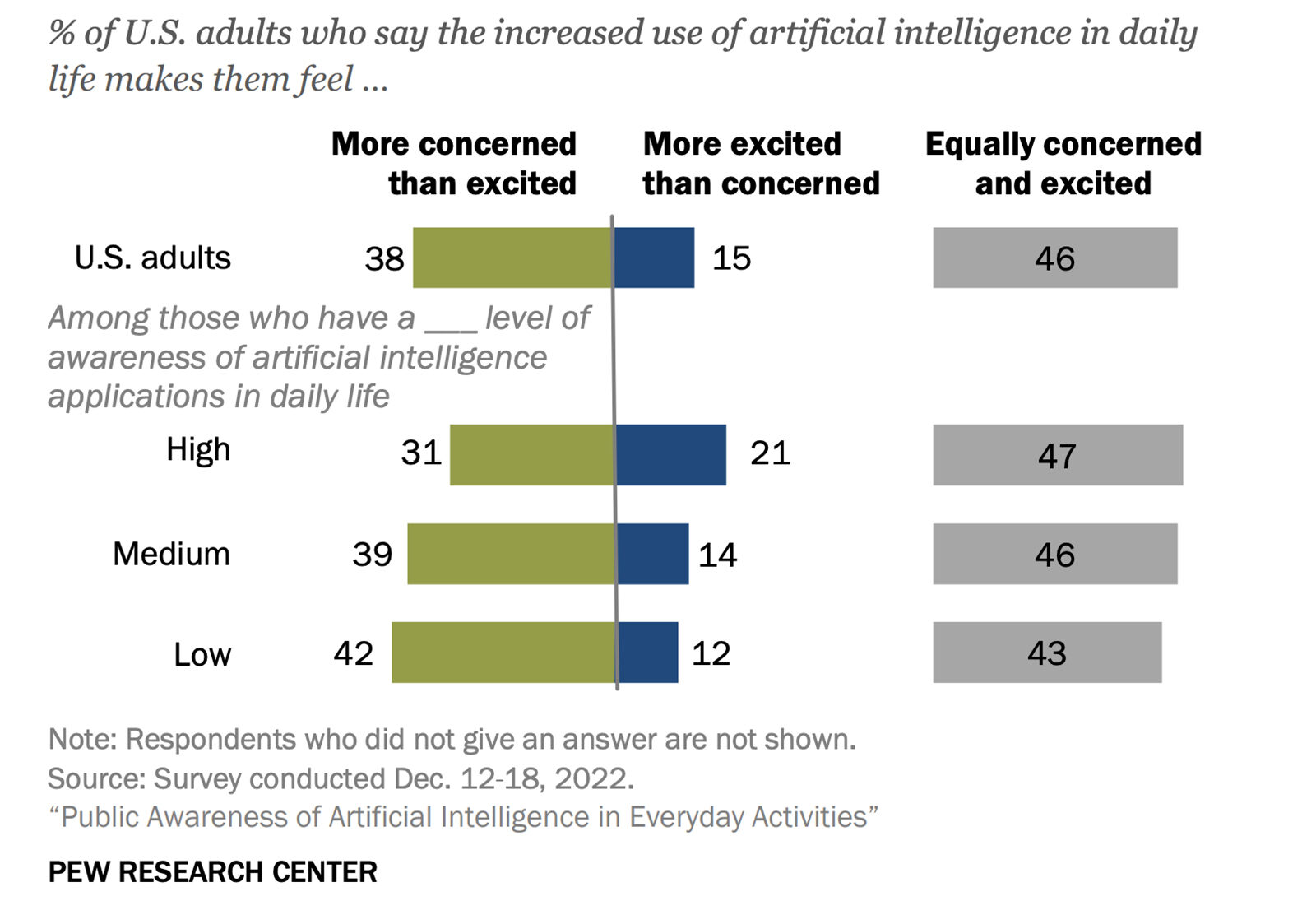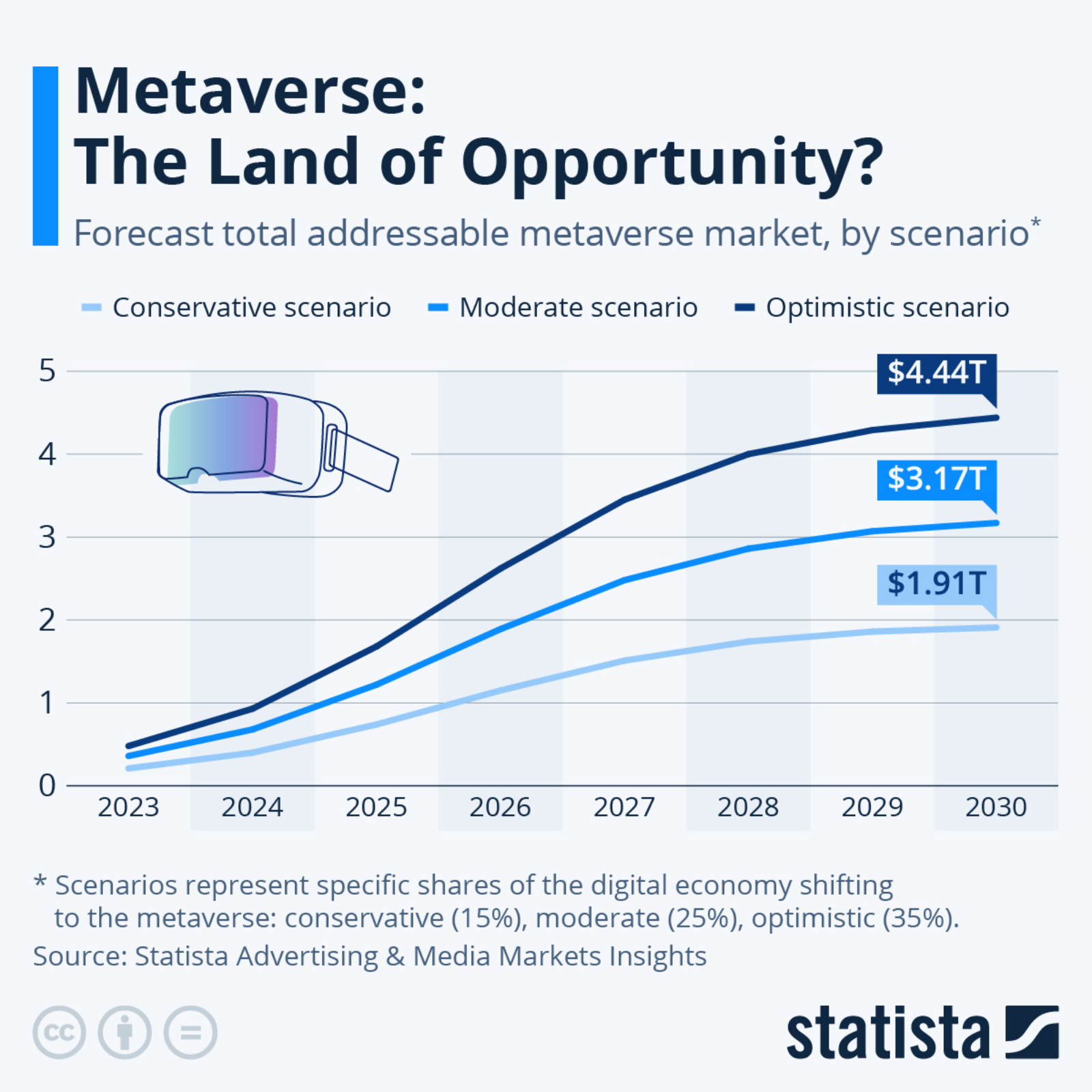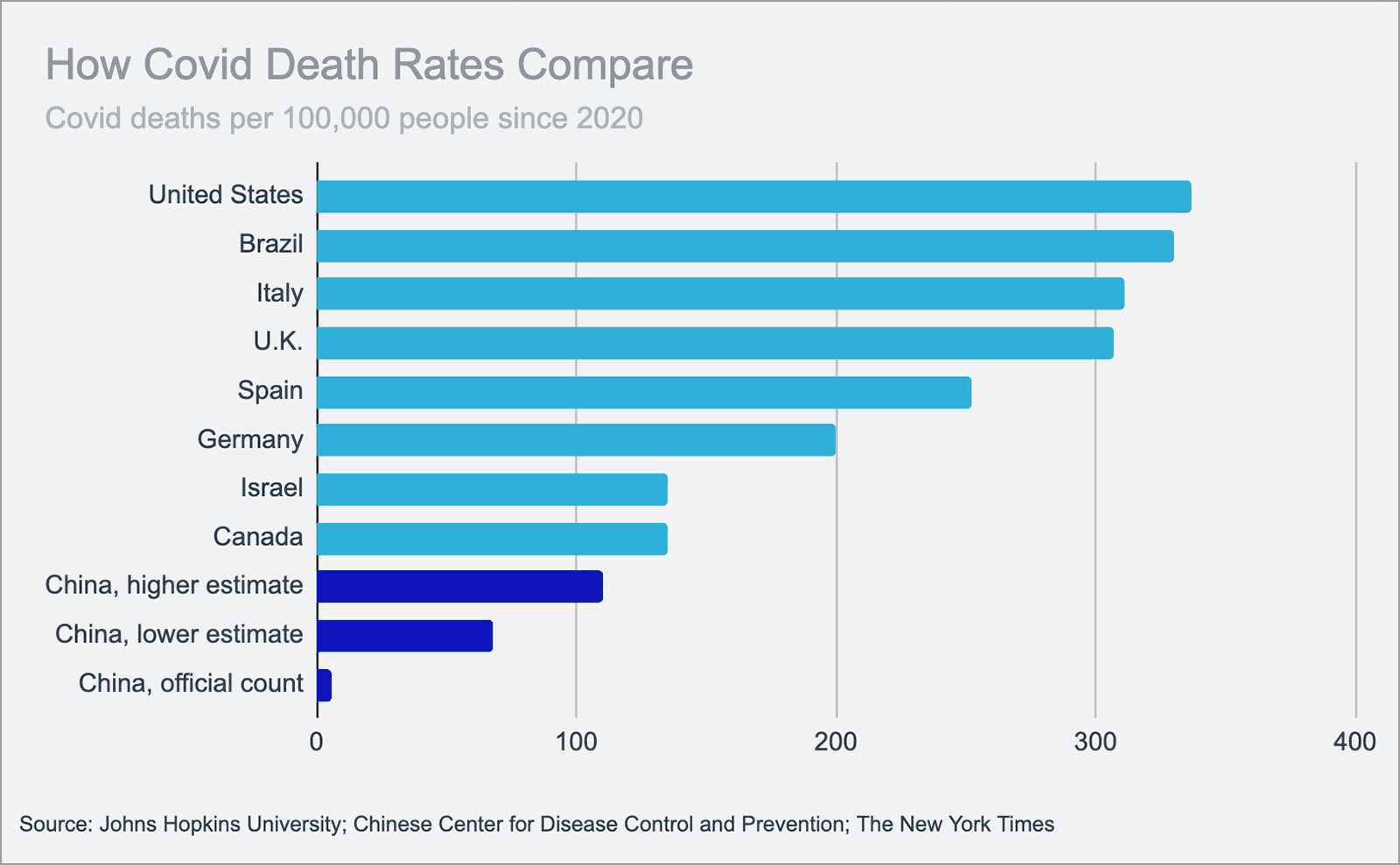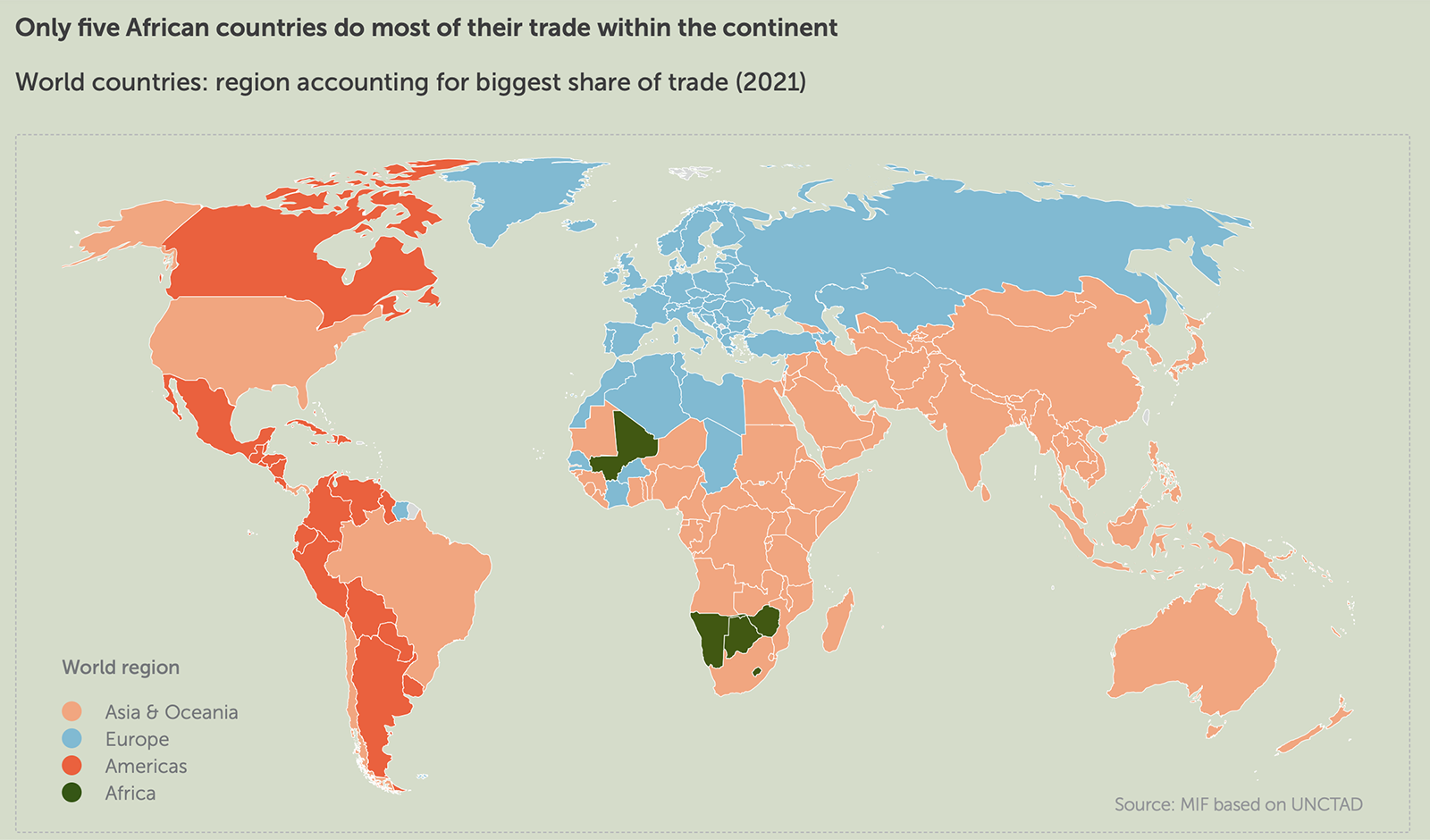How Businesses Can Help With the Vaccine Rollout
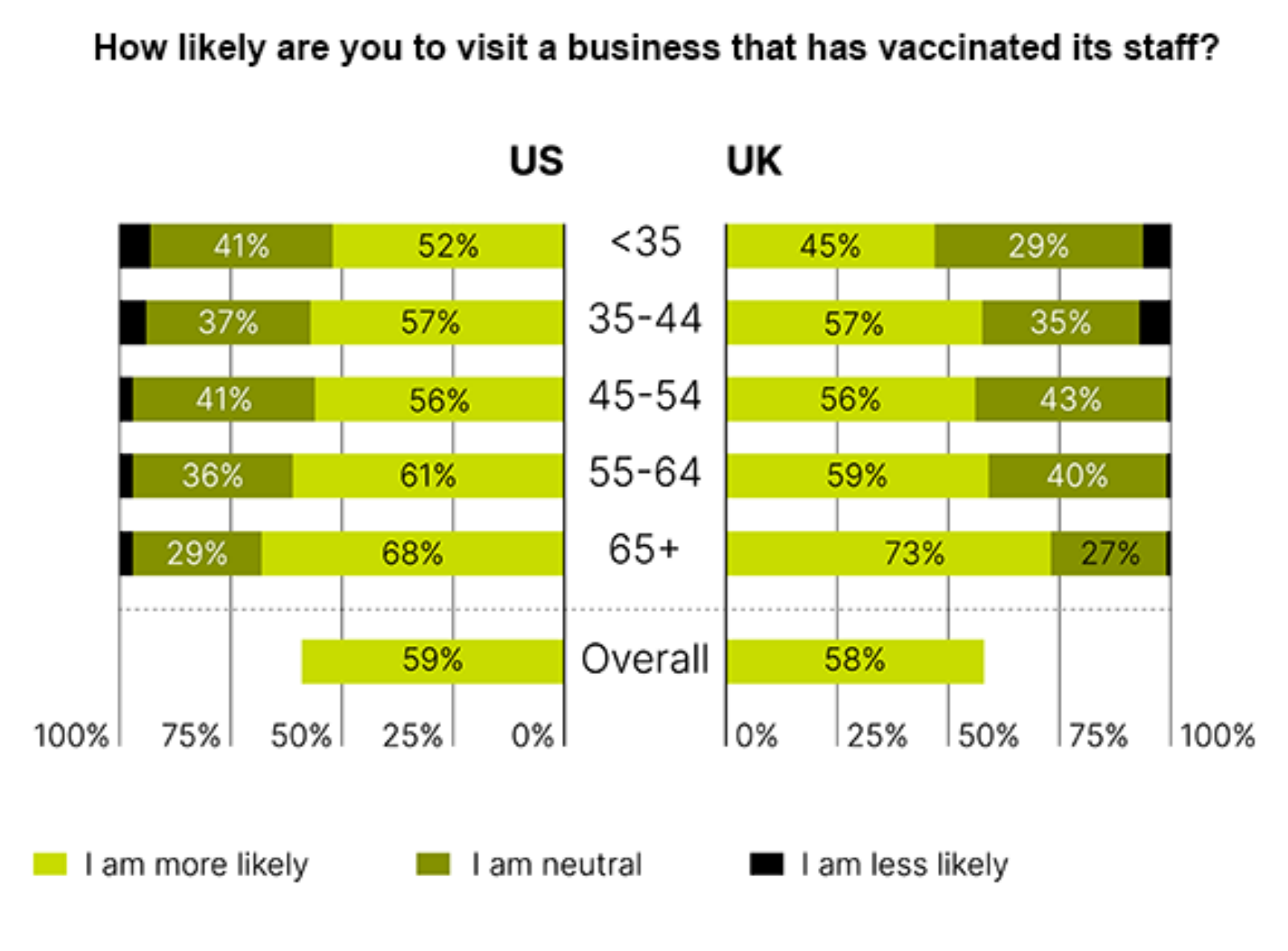
Source: Oliver Wyman's Consumer Sentiment survey, December 2020.
Nearly 60% of survey respondents in the U.K. and U.S. said they would be more willing to visit businesses in person once all the staff are vaccinated. However, the latest Oliver Wyman Forum survey indicates that less than half of Americans are “very willing” to get vaccinated, while nearly 15% said they would never get the COVID-19 vaccine. In comparison, 70% of U.K. respondents are “very or somewhat willing” to get the vaccine.
Vaccine skepticism in the U.S. is likely related to the significant drop of public trust in the government since the start of COVID-19. Americans received unclear messages from the previous administration about the pandemic. But businesses can help address this skepticism, as people’s trust in business surpasses their trust in the government and nonprofits.
Some companies are already assisting in the vaccine rollout, including Microsoft, Starbucks and Amazon. These large corporations can assist with data storage, appointment scheduling and the delivery of supplies, as well as offer space for vaccination centers. Eventually, this vaccination rollout can revive the economy, benefiting the business community.


